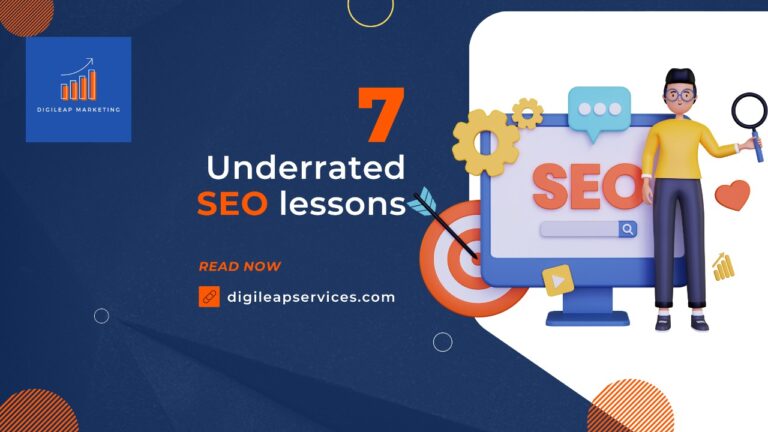An SEO tip that just works
SEO techniques- Whether you operate a tiny business or oversee a Fortune 500 corporation, SEO has a significant impact on your company’s success. The ease with which your target clients can reach you is determined by your SEO approach. That’s no simple effort, given that 75% of internet users never browse past the first page of search results.
Here are 12 simple SEO techniques and tricks to help you get your website in front of potential customers:
- Target Relevant Primary and Secondary Keywords: – Any strong SEO strategy is built on keyword research. If you know how to use keywords correctly, you may develop content that attracts more visitors to your website. The first step is to determine the core and secondary keywords for your page. The focus of your post is your primary keyword. Each page should only have one primary keyword. It should be relevant to the focus of your page, your company’s identity, products, and services.
- Write quality Original content: – You must understand your customers as a start-up. It will, among other things, assist you in understanding and meeting their demands. Technology influences customer experience and digital marketing facilitate it. While there are countless other benefits to employing internet marketing for a business, this is the most important. It allows you to track, monitor, analyze, and comprehend your target audience’s purchasing patterns and interests. Such information can help you build the right products, services, promotional strategies, pricing, and other elements to capture their interest.
- Optimize Your Content for Search Engines and Use Featured Snippets: – If you want your content to perform effectively, make sure you address the questions your audience has. One method is to target featured snippets. Google’s featured snippets display at the top of the search results page. They are meant to respond to a user’s query without needing them to leave the page. Because they show before-numbered results, they are extremely visible, helpful, and likely to drive organic visitors. They are also known as SERP features.
- Improve the Title and Meta Description of Your Page: – Your page title and meta description could be the first thing your visitors see. Users may determine whether to click or bypass your page based only on these. That’s a lot of power in so few words, so make them count.
- Use short and descriptive URLs: – Improving your URL structure can have a major influence on your on-page SEO with minimal work. A clean URL can assist search engines to understand your page and make it appear more user-friendly in SERPs.
- Generate backlinks from high-site authority websites: – Backlinks, or external links that point to your website, are an important ranking element. Over time, links from reliable sites can help your site’s authority and SEO. Backlinks can be obtained through the link-building process. But where should you look for backlinks? Determine where your competitors’ backlinks are originating from. To find new prospects, compare your current backlink profile to those of your competitors.
- Remove anything that loads slowly: – Page load speed has an impact on more than just user experience. There are high chances that it can impact your SEO. After all, if a page takes too long to load, users are less likely to stay, raising your bounce rate. The loading time of a page is one of the three Core Web Vitals and ranking criteria. Google PageSpeed Insights is a free SEO tool that ranks your desktop and mobile page speed from 0 to 100, with 100 being the fastest.
- Use a combination of internal and external links: – Effective usage of internal and external connections can increase crawlability, user experience, and believability. Ideally, these connections should lead to valuable, relevant information. Internal links direct visitors to various pages on your website. They help search engine crawlers find your content and encourage visitors to stay on your site longer. Create links between related blog entries, for example, to allow your audience to get more information on a topic they’re researching without ever leaving your site.
- Conduct regular site audits: – Regular site audits help to verify that your site is both functional and user-friendly. It’s also a great way to identify problems you might have overlooked, such as broken links, orphaned pages, or poor load times. Then you may prioritize and deal with them before they have a major impact.
- Study your competitors: – Chances are, you and your main competitors are producing similar content and targeting similar audiences. You might learn more about effective content mediums or get fresh ideas for your content by researching the websites of your competitors.
- Continue learning about SEO: – Every digital marketer is aware that Google’s algorithm is always changing, and as it does, the digital landscape evolves. That is why learning about SEO is critical if you want to stay ahead and keep winning. Fortunately, you have a plethora of resources at your disposal, including blogs, eBooks, podcasts, movies, webinars, and more. These are some of the SEO techniques and tricks that will give you an insight on how to boost your website.
You need to boost your SEO for your website to foster. Even for pros, mastering SEO is a continuous process of learning, experimentation, and invention. Use these SEO techniques that will serve you as a guide to get the results you desire and dominate the SERPs, regardless of your level of experience.












